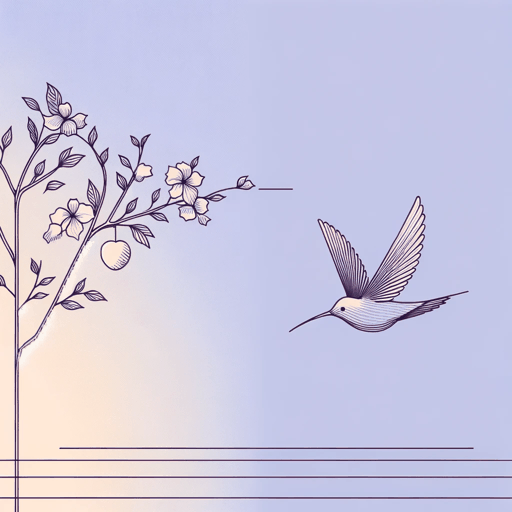17 pages • 34 minutes read
Lorna Dee CervantesEmplumada
Fiction | Poem | Adult | Published in 1981A modern alternative to SparkNotes and CliffsNotes, SuperSummary offers high-quality Study Guides with detailed chapter summaries and analysis of major themes, characters, and more.
Symbols & Motifs
The Flowers of Summer
The first stanza of Lorna Dee Cervantes’ poem “Emplumada” is written in the past tense. The speaker is telling a story set in time at the end of summer, as the flowers are dying. The specific flower in question is the snapdragon, a showy, spiky, colorful plant that is technically a perennial—a plant that returns every year—but is generally grown as an annual—a plant that must be replanted every year. On gardening websites, the snapdragon is referred to as a “short-lived perennial.” Its name comes from the way its petals, when squeezed by the “throat,” snap open to resemble what someone imagined to be dragon mouths.
At the beginning of the poem, the flowers are all but dead. They were “born when the weather was good” (Line 8). In spring and early summer, although there is an intellectual awareness that fall and winter will come, the cold seasons can seem very far away. Likewise, when a child is born, the decay of age seems far away, as do the burdens of living that the child will take on as she grows. The observer in the poem “hated to see / them go” (Lines 6-7), these flowers of summer, as their exit ushers in the chill that comes after the growing season.

